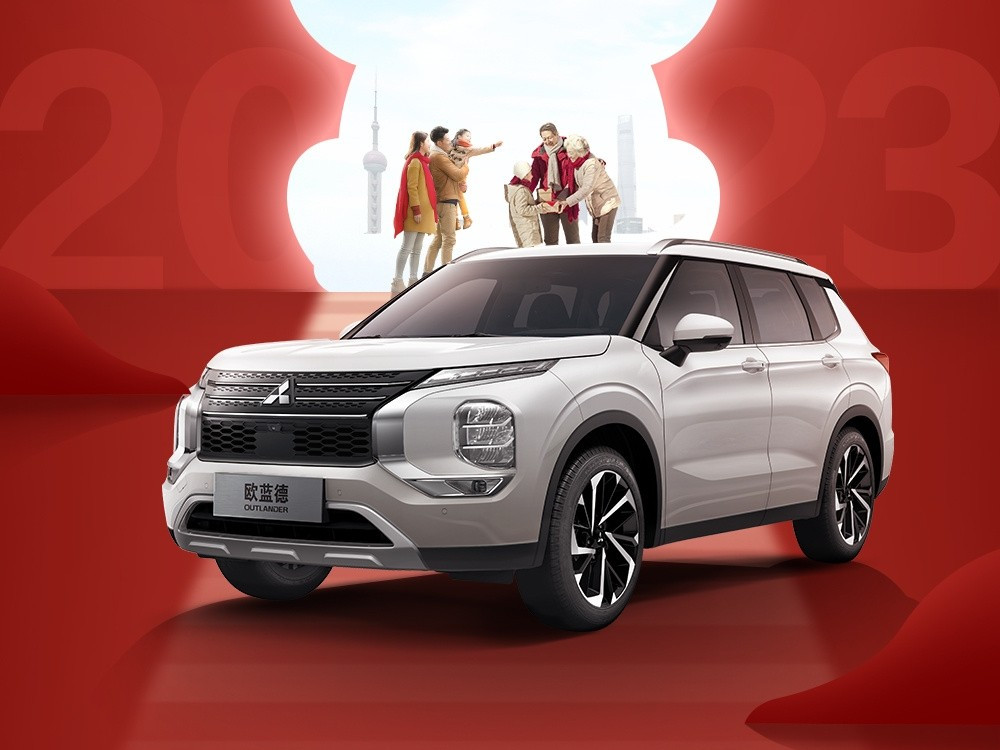
Today, Mitsubishi Motors officially announced its withdrawal from the Chinese market and the transfer of all local assets to GAC. We must give credit to Mitsubishi managers: they honestly admitted that the company was too slow compared to its competitors and lost to them.
For the first time, the news of Mitsubishi Motors leaving the Chinese market spread across the business media at the end of September at the instigation of Nikkei Asia, but the press service of the Japanese company then responded to all inquiries on this topic that no decisions had been made yet and Mitsubishi continued to operate in China as before. Nevertheless, all the prerequisites for leaving have taken shape; today the company itself issued a laconic press release about winding down its business in China.
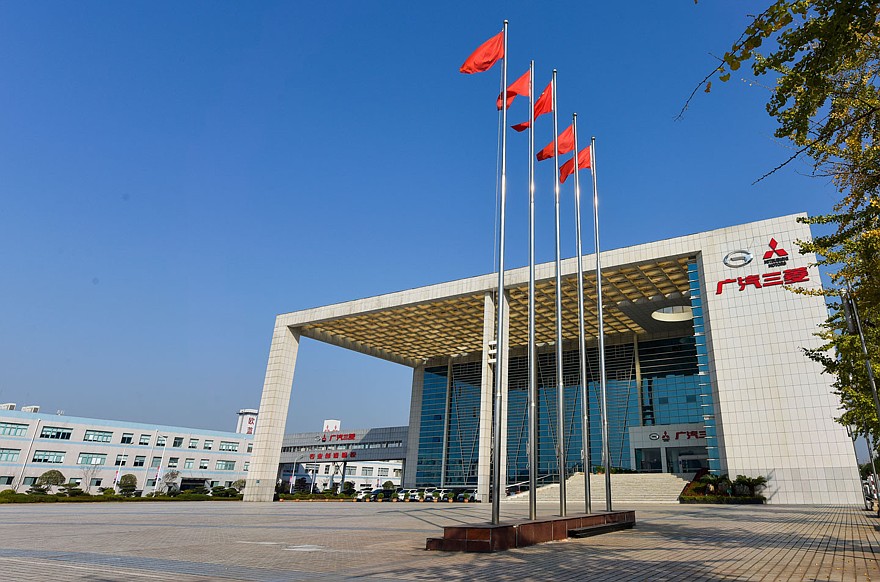
Mitsubishi Motors operated in China through an equal-share joint venture with GAC, created in 2012, called GAC Mitsubishi Motors Co. (GMMC). GMMC's headquarters and sole plant are located in Changsha, Hunan Province. The peak of GMMC's activity was in 2018, when Mitsubishi managed to sell more than 140 thousand cars in China. In the first three quarters of this year, Mitsubishi sold about 12,000 vehicles in China, despite the fact that production at the GMMC plant was stopped in March.
Mitsubishi's latest attempt to improve the situation in China was the launch at the end of last year year of the new generation Outlander PHEV hybrid crossover, but demand for it was much lower than expected. Mitsubishi does not yet have its own modern electric vehicles; the Airtrek electric crossover is a redesigned GAC Aion V.
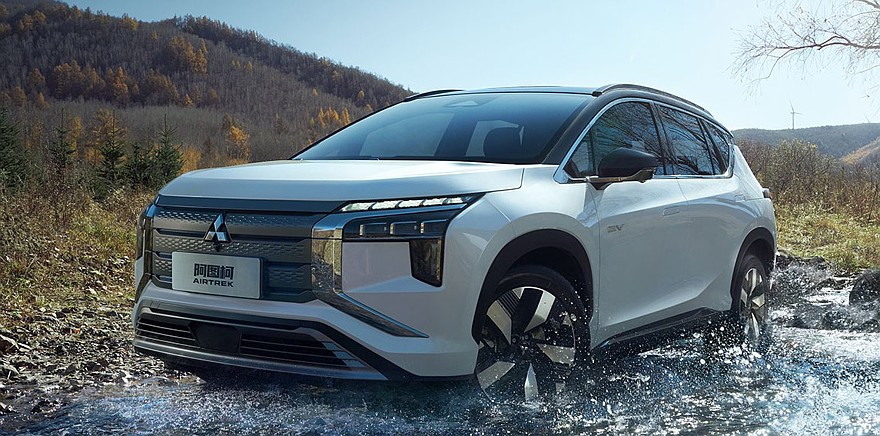 Mitsubishi Airtrek for the Chinese market
Mitsubishi Airtrek for the Chinese market
By the way, GAC Aion is one of the most dynamically developing electric vehicle brands; its sales in China from January to September of this year amounted to 359,487 units, which is almost twice as many as sales in January-September 2022. In general, in the NEV segment (electric vehicles and plug-in hybrids), the Chinese consumer today gives preference to local brands; among foreign companies, only Tesla continues to compete with them on an equal footing.
Mitsubishi's press release noted that the transition to electric vehicles in China is happening too quickly; Mitsubishi was not ready for such a transition, so it decided to record losses and leave the market. Mitsubishi's share in GMMC will go to the Chinese partner, GAC will use the site in Changsha to develop the GAC Aion brand. The restart of the plant, according to Reuters, is scheduled for June 2024, it will allow the GAC Aion brand to quickly reach a production level of 600,000 cars per year.
The loss of Mitsubishi Motors as a result of leaving the Chinese market, according to the company's own estimates, will amount to 24.3 billion Japanese yen (162.4 million US dollars at current exchange rates), it will be reflected in the final report for the current financial year.
< p>Also today, Mitsubishi Motors announced that it will invest at least 200 million euros in the Ampere electric vehicle division of the French company Renault in exchange for the opportunity to sell its electric vehicles under its own brand — classic badge engineering, which we have already seen with the example of the new Mitsubishi Colt (Renault Clio clone) and Mitsubishi ASX (Renault Captur clone) for the European market.
Mitsubishi will also have its own new electric vehicles — they are listed in the company's updated development plan published in March this year. The priority markets for Mitsubishi are now Southeast Asia (ASEAN), Oceania (which includes Australia and New Zealand), Africa, the Middle East and South America — here the Japanese company will try to maintain and strengthen its position.










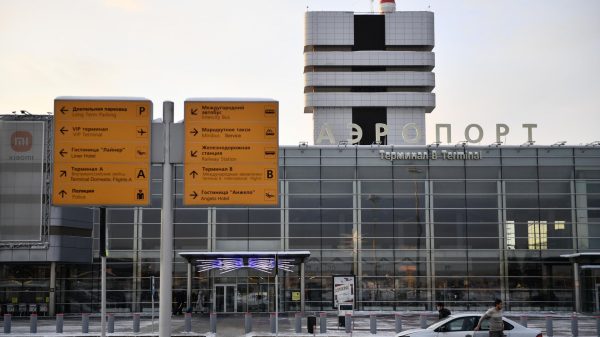
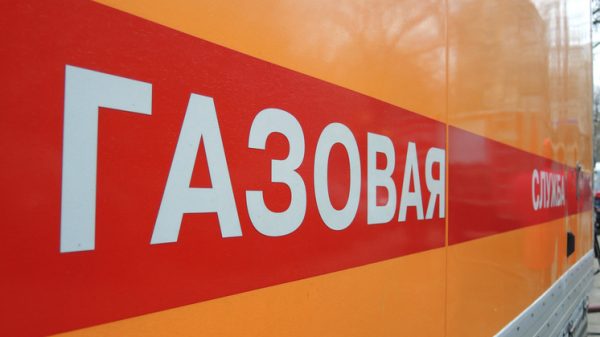













































Свежие комментарии